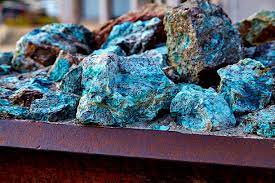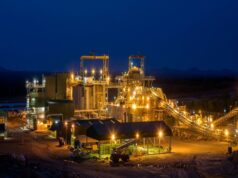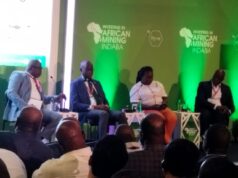According to Ecofin, the Democratic Republic of Congo, with its reputation as a geological scandal, accounts for about 70% of the world’s cobalt supply. The country is home to the largest producers of the metal. Indeed, in 2022, the Swiss company Glencore produced 40,200 tonnes at its Katanga and Mutanda copper-cobalt mines. It is ahead of China Molybdenum Company (CMOC), the world’s second largest producer, which produced 10,465 tonnes of cobalt in 2022 in the DRC.
According to CMOC’s financial documents relayed by Bloomberg, the Kisanfu mine in the DRC is scheduled to start production in the second trimester of the year. This success is expected to add 30,000 tonnes annually to CMOC’s production capacity and allow it to overtake Switzerland’s Glencore. In its forecasts, CMOC expects to double its cobalt production by 2023.
As a reminder, CMOC has had a dispute with the Congolese state-owned mining company Gécamines for a year. This dispute concerns the Tenke Fungurume copper-cobalt mine. Gécamines accuses CMOC of undervaluing the mine’s reserves in order to pay fewer royalties. It has also obtained from the Congolese authorities the suspension of copper and cobalt exports from the Chinese company since July 2022. This situation is in the process of being resolved, hence CMOC’s plans to double its production.
CMOC is a mining company. It is listed on the Hong Kong and Shanghai stock exchanges. The company is one of the largest producers of molybdenum in the world. It is also one of the world’s largest producers of tungsten, the second largest producer of cobalt and niobium, and a leading global copper producer.
R.O
#Mines_Actu_Burkina










